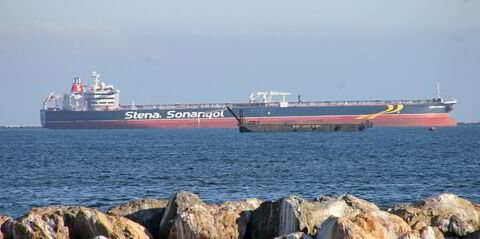The International Energy Agency (IEA) took down its earlier forecast for crude oil demand growth this year due to a slowdown in third quarter demand.
It also said refinery runs of gasoline and gasoil will see the lowest growth in decade, potentially leaving clean products tankers short of cargoes.
In its September market report, the IEA said oil demand growth will "struggle to get above" 1.3 million barrels per day this year. That is a cut, albeit minor, of 100,000 barrels per day from its July forecast.
But the trimming of demand presents a challenge to tanker owners that have cited the IEA's record of ever-increasing forecasts of oil demand growth as evidence the market can absorb the supply of very large crude carriers being delivered.
The IEA had started the year forecasting oil demand growth of 1.2 million barrels per day this year.
In trimming its forecast for 2016, the IEA cited "recent pillars of demand growth - China and India" as beginning to wobble.
The IEA cited China's shaky economy, a slowdown in road building projects, and flooding as being the big factors in China's slowing growth. India's demand growth has also slowed.
In the developed world, Europe's surprisingly strong oil demand also appears to be tapering and momentum in the US has slowed dramatically.
"After more than a year with oil hovering around $50/bbl, the stimulus from cheaper fuel is fading," the IEA said in its report.
Tankers will have to continue relying on the Middle East for cargo growth, the IEA says, as output from Opec members continues to push to new highs. Saudi Arabia continued to maintain record output while smaller products Kuwait and the United Arab Emirates also hit new records.
Small growth for refinery output
The slump in the third quarter stems in large part from still high inventories of refined products with refineries "clearly losing their appetite for more crude oil" the IEA said. As a result, refineries are expected to process only 100,000 barrels per day of crude in the fourth quarter than they did in the year-earlier quarter.
Nor does the IEA see any immediate catalyst for demand forecasts to rebound and "the supply-demand dynamic may not change significantly in the coming months," it said. As a result it kept its original forecast that demand growth in 2017 will remain at 1.2 million barrels per day next year.


